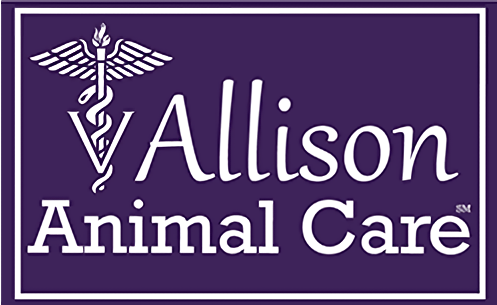Library
-
A pet sitter can give your pet the care they need if you have a busy schedule or are traveling. Pet sitters take care of your pet in your home or theirs, and can do much more. Be sure to interview any potential sitters and use trusted friends, your vet, or online resources when looking for sitters.
-
The domestic pigeon includes over 300 breeds, all descending from the rock dove. They originated in Eurasia, but are now found all over the world. They are generally hardy birds that are easy to tame and care for. As with any pet, pigeons and doves need regular, routine, veterinary health checkups.
-
Many birds naturally eat plants as part of their diet. Birds will chew on and possibly consume plants in the course of play and curiosity. Some plants will just make a bird sick while others can kill them. This handout catalogues many of the indoor and outdoor plants that are considered safe for birds.
-
Many birds naturally eat plants as part of their diet. Some birds will chew on and possibly consume plants out of curiosity or during play. Many toxic plants will just make a bird sick if they ingest them, but some can kill them. Fortunately, rather than ingesting plants, most birds shred and play with plants with which they come in contact. This handout catalogues many of the indoor and outdoor plants that are considered to be potentially toxic to birds.
-
Plaque forms on teeth shortly after eating and within 24 hours begins to harden, eventually turning into tartar. Tartar serves as a place for bacteria to grow, leading to gingivitis. As gingivitis worsens, periodontal disease develops, which includes inflammation, pain, and tooth loss. Prevention of plaque and tartar build-up is key. Use VOHC-accepted food and/or water additives, wipe or brush your cat's teeth daily, and have your veterinarian perform regular dental cleanings.
-
Plaque forms on teeth shortly after eating and within 24 hours begins to harden, eventually turning into tartar. Tartar serves as a place for bacteria to grow, leading to gingivitis. As gingivitis worsens, periodontal disease develops, which includes inflammation, pain, and tooth loss. Prevention of plaque and tartar build-up is key. Use VOHC-accepted food and/or water additives, wipe or brush your dog's teeth daily, and have your veterinarian perform regular dental cleanings.
-
Mouthing, nipping, and biting are used by all puppies during social play with their littermates. Once they leave their littermates, you can easily teach them a new set of games that are appropriate for social play with people. It is important to provide puppies with outlets for appropriate play from the start. Puppies should never be punished for playing with their teeth, as it can cause them to become permanently fearful of people.
-
Special care must be taken when your dog comes home after an operation to ensure the incision area stays clean and dry and heals properly. Some signs are cause for concern, and if observed, call your veterinarian right away.
-
This handout explains post-vaccination sarcomas (also called injection-site sarcomas) in cats. They are a rare consequence of vaccine injections (and other drugs or materials) that can cause a very aggressive form of cancer at the site of the injection. The incidence of this condition, as well as precautions you and your veterinarian can take, are highlighted.
-
Like rabbits and guinea pigs, prairie dogs require a diet high in fiber. As they are hind-gut fermenters, they need alfalfa up to one year of age and Timothy hay after one year of age plus a high quality prairie dog pellet. Treats should be kept to a bare minimum as prairie dogs are prone to obesity.

